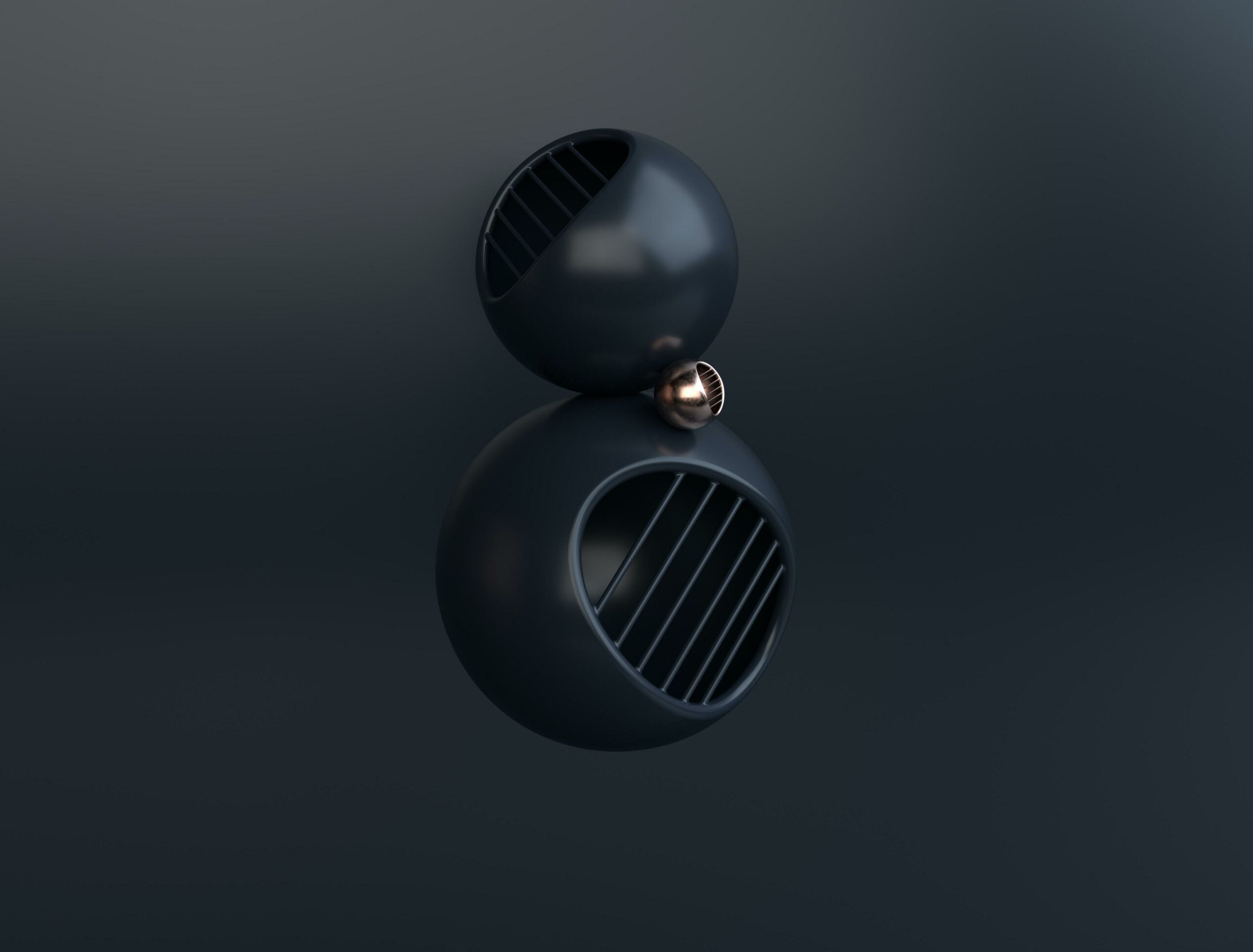Are you ready to dive into the enchanting world of animation? Animation has come a long way since its humble beginnings, evolving into a multifaceted art form that spans countless styles and techniques. In this article, we’ll embark on a thrilling journey through the diverse types of animation, uncovering the mesmerizing beauty and boundless possibilities that each style brings to the screen. From classic hand-drawn animation to cutting-edge digital techniques, join us as we unveil the captivating realm of animation and explore its endless creative horizons.

Different types of animation
Animation is a captivating medium that allows us to bring imagination to life. From the enchanting world of 3D animation to the charm of traditional hand-drawn animation, there is a vast array of animation types to explore. In this article, we will dive into the diverse types of animation that exist, each with its unique characteristics and possibilities. So, let’s embark on this exciting journey and unravel the multifaceted world of animation.
3D Animation: Capturing Life in a Digital Realm
In the realm of 3D animation, digital models come to life, creating realistic and immersive experiences. By digitally manipulating characters and objects, animators can breathe life into their creations and transport us to fantastical worlds. This type of animation provides depth, texture, and a sense of realism that is unparalleled. With advancements in technology, 3D animation has become widely popular in movies, video games, and advertisements.
“With 3D animation, the possibilities are endless. From creating breathtaking visual effects to crafting lifelike characters, this animation style truly pushes the boundaries of imagination.”
2D Animation: The Art of Timeless Storytelling
2D animation, on the other hand, takes us back to the origins of animation. Created and projected in two dimensions, this traditional form of animation exudes charm and nostalgia. From beloved classics to modern masterpieces, 2D animation has a timeless appeal that captivates audiences of all ages. It allows animators to focus on artistic expression, emphasizing storytelling through fluid movement and expressive characters.
“In a world where technology is constantly evolving, 2D animation reminds us of the power of simplicity. It’s an art form that stands the test of time and continues to enchant us with its beauty and storytelling prowess.”
Stop Motion Animation: Breathing Life into Inanimate Objects
Stop motion animation is a technique that brings physical objects to life. By manipulating objects and capturing individual frames, animators create the illusion of movement. Each frame is meticulously crafted, resulting in a mesmerizing and unique animation style. Claymation, a specific form of stop motion animation that uses plasticine characters, has its own distinct charm and has been used to create iconic films that we cherish.
“Stop motion animation is a testament to the art of patience and attention to detail. It’s a magical process that gives life to inanimate objects and showcases the beauty of handmade craftsmanship.”
Traditional Animation: The Beauty of Hand-Drawn Artistry
Traditional animation takes us back to the early days of animation when every frame was painstakingly hand-drawn. This timeless technique requires skillful craftsmanship and showcases the artistry behind animation. It captures the essence of each character’s movement through a series of carefully crafted drawings. Traditional animation allows for a level of creativity and personal touch that is truly awe-inspiring.
“Traditional animation reminds us of the beauty of simplicity. Through each stroke of the pencil, animators bring characters to life, creating a tangible connection between the artist and the viewer.”
Motion Graphics: Where Design and Motion Collide
Motion graphics is a unique blend of graphic design and animation. It combines visual elements, typography, and motion to create captivating visuals that engage and communicate with the audience. This animation style is widely used in advertising, title sequences, and explainer videos. With its ability to convey complex information in a visually appealing manner, motion graphics is both informative and aesthetically pleasing.
“Motion graphics is like a symphony of design elements in motion. It takes us on a visual journey, using movement and design principles to tell stories and convey messages in a way that words often cannot.”
Motion Capture: Bridging Real and Animated Worlds
Motion capture takes animation to a whole new level by bridging the gap between the real and the virtual. This technique involves using sensors to track the movements of real-life actors and applying them to animated characters. By capturing the nuances of human movement, motion capture creates believable and realistic animations. It has revolutionized the gaming industry and has become a valuable tool in film and visual effects.
“Motion capture is like a bridge that connects the physical and digital realms. It allows us to see the familiar in the extraordinary, breathing life into animated characters through the movements of real-life actors.”
In addition to these main types of animation, there are countless animation styles and techniques to choose from, each offering its own unique artistic vision and effect. Whether it’s the simplicity of whiteboard animation or the dynamic nature of typography animation, animators have a vast repertoire of possibilities to explore, allowing their creativity to flourish.
Animation has captured our imaginations for decades, permeating various forms of media like movies, television shows, and advertisements. Its ability to transport us to new worlds and convey stories in a visually captivating way is unparalleled. As technology continues to advance, the possibilities within animation are limitless, and the medium continues to evolve and enchant us.
So next time you watch an animated film or play a video game, take a moment to appreciate the diverse types of animation at play. From the intricate details of 3D animation to the artistry of hand-drawn frames, animation truly is a multifaceted world waiting to be explored.
Types Of Animation
Check out our comprehensive guide on types of animation to explore the exciting world of animation techniques! From traditional hand-drawn animation to mesmerizing computer-generated imagery, we delve into the various methods used to bring characters and stories to life. Discover how 2D animation, stop motion, CGI, and more are used in filmmaking, gaming, advertising, and education. Let your imagination run wild as we showcase the limitless possibilities of animation. Click here to read more about the fascinating world of animation: Types Of Animation.
FAQ
Question 1: What are the six main types of animation?
Answer: The six main types of animation are 3D animation, 2D animation, stop motion animation, traditional animation, motion graphics, and motion capture.
Question 2: What is 3D animation?
Answer: 3D animation involves digitally modeling and manipulating characters and objects to create movement in a three-dimensional space.
Question 3: How is 2D animation created?
Answer: 2D animation is created and projected in two dimensions, often using techniques like hand-drawn animation or digital software.
Question 4: What is stop motion animation?
Answer: Stop motion animation involves manipulating physical objects and capturing individual frames to create the illusion of movement when the frames are played in sequence.
Question 5: What is traditional animation?
Answer: Traditional animation is a hand-drawn technique that has been used since the early days of animation, where each frame is created by hand and filmed in sequence to create movement.
- China II Review: Delicious Food & Speedy Service - April 17, 2025
- Understand Virginia’s Flag: History & Debate - April 17, 2025
- Explore Long Island’s Map: Unique Regions & Insights - April 17, 2025
















